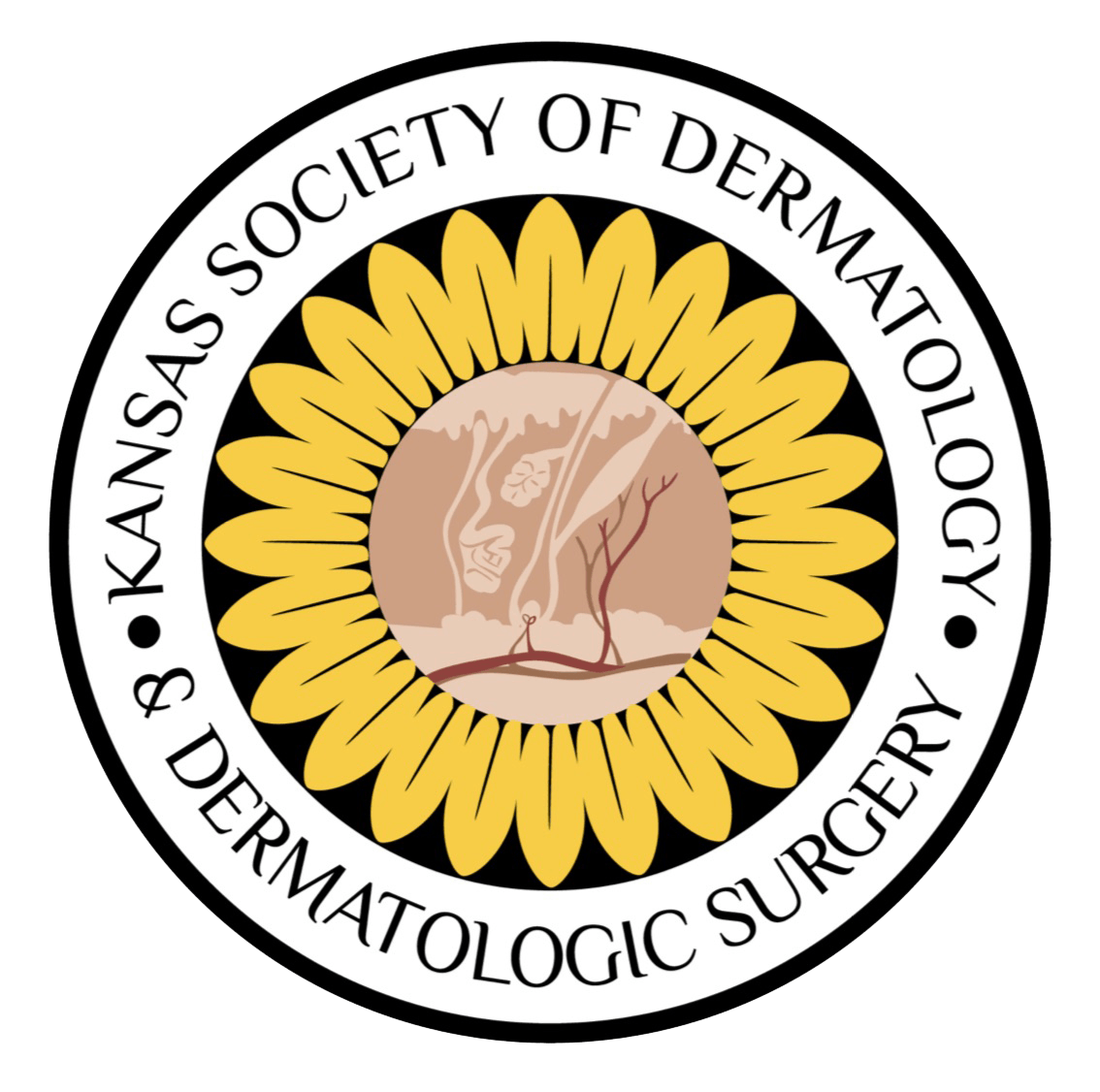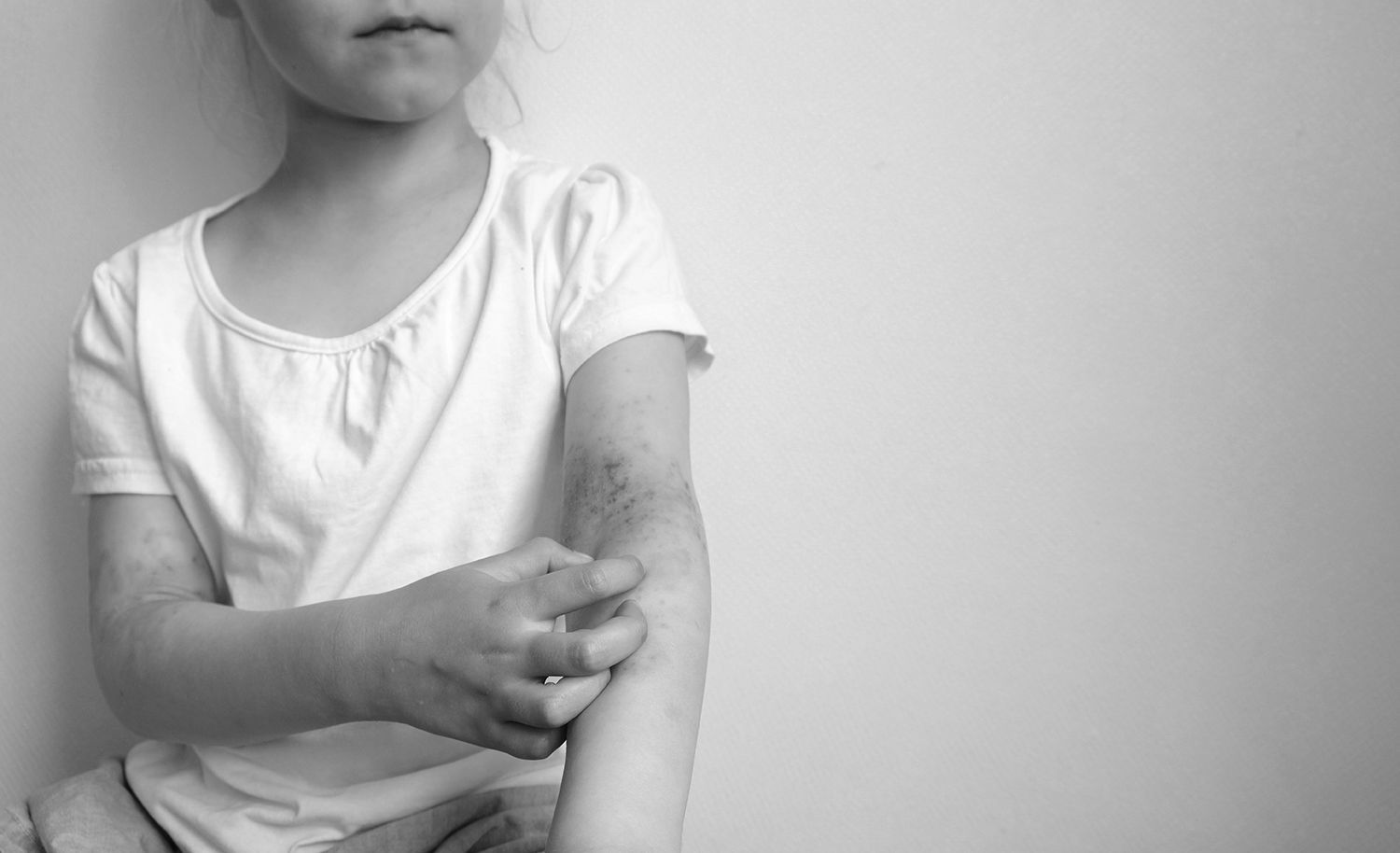Research Summary: Hydrocolloid Dressing vs Petroleum Ointment for Scar Appearance After Dermatologic Surgery, A Randomized Clinical Trial

Featured Student: Demi Elrond
Demi Elrod is a fifth-year student in the B.A./M.D. program at the University of Missouri-Kansas City. She enjoys junk journaling, babysitting, and exploring Kansas City's vast food scene in her spare time. Her favorite research subjects are underserved populations and psoriasis treatment developments. She enjoys keeping up with recent publications in dermatology so that she can gain more experience with evaluating the quality and clinical applications of studies.
Coordinating Editor: Demi Elrond
The 2025 study, Hydrocolloid Dressing vs Petroleum Ointment for Scar Appearance After Dermatologic Surgery, published in JAMA Dermatology, investigated whether a one-time application of a hydrocolloid dressing (HCD) for one week following dermatologic surgery would improve scar appearance and wound healing outcomes compared to standard daily petroleum ointment application. Hydrocolloid dressings are occlusive wound coverings composed of gelatin, pectin, and carboxymethylcellulose that maintain a moist wound environment, promote epithelialization, and enhance angiogenesis. They have been widely used in the management of chronic wounds such as pressure ulcers and donor sites and even for acne treatment; However, their efficacy following acute dermatologic excisions have not been well established. This study aimed to provide higher quality evidence through a randomized clinical trial assessing both patient-reported and physician-assessed scar outcomes, as well as safety and patient satisfaction.
This investigator-blinded, single-center, randomized clinical trial was conducted at Indiana University between October 2022 and October 2023. A total of 146 adult patients undergoing excision or Mohs micrographic surgery followed by linear bilayered repair were enrolled and randomized to one of two post operative wound care interventions. The experimental group received a single application of a hydrocolloid dressing, which was left in place for one week. The control group followed standard wound care involving daily washing, reapplication of petroleum ointment, and fresh dressing changes for the same duration. The primary outcome was patient reported scar appearance measured using a modified Visual Analog Scale (VAS) assessing color, texture, scar line, and overall appearance. Secondary outcomes included surgeon-assessed VAS scores, postoperative complications such as bleeding or wound dehiscence, and patient-reported comfort and convenience associated with each dressing type.
The results demonstrated that, even at seven days postoperatively, patients in the hydrocolloid dressing group reported slightly higher overall scar appearance scores compared to those in the petroleum group (7.4 versus 6.6 P=.02). However, this difference did not persist at 30 or 90 days, when both groups showed comparable improvements in scar appearance. Surgeon assessed scores mirrored the patient results, indicating no statistically significant differences between groups across all time points. Complication rates were also similar between the two groups. Although the hydrocolloid group reported higher rates of postoperative bleeding (20.6 versus 8.8%), wound dehiscence (6.2% versus 0%), and pain (21.2% versus 12.3%). Of note,these findings were not statistically significant, and no postoperative infections or antibiotic use occurred in either group. Importantly, patients in the hydrocolloid group reported significantly greater satisfaction, with 86.9% describing the dressing as convenient or extremely convenient and 73.8% rating it as comfortable or extremely comfortable. These findings suggest that hydrocolloid dressings are well tolerated and preferred by patients due to reduced dressing maintenance and overall ease of use.
The study had several notable strengths. It was randomized and investigator-blinded, which minimized bias and enhanced internal validity. Surgical techniques and suture types were standardized across all procedures, ensuring consistency in closure and healing conditions. The use of a validated, image-based scar assessment scale allowed for objective and repeatable evaluation of scar outcomes while facilitating participation for patients living far from the study site. Additionally, the study was able to maintain a high follow-up rate of 78% which reinforced the reliability of the results. By incorporating both subjective patient assessments and blinded surgeon evaluations, the study provided a comprehensive analysis of postoperative wound outcomes.
However, the study also had limitations that affect generalizability. It was conducted at a single academic center, which limits external validity and may not reflect outcomes in community or multi-site clinical settings. Because all included cases involved linear closures, the results may not apply to more complex repairs such as flaps or grafts. The reliance on photographic rather than in person scar assessments also restricted evaluation of certain tactile qualities, such as firmness or raised scar texture. Additionally, differences in wound care frequency between the continuous hydrocolloid application and daily petroleum changes introduced a variable that may have influenced patient perception and wound environment.
In conclusion, this study found that a one time application of a hydrocolloid dressing for one week after dermatologic surgery produced scar appearance outcomes and complication rates comparable to daily petroleum ointment use. Although hydrocolloid dressings did not significantly improve long term scar appearance, they provided greater comfort and convenience for patients, suggesting an important role in patient centered wound care. These findings support the use of hydrocolloid dressings as a reasonable alternative for postoperative management, particularly for patients who prefer to avoid daily dressing changes or have limitations that make frequent wound care difficult. Future research should focus on multi-center trials with larger sample sizes, inclusion of more complex surgical repairs and longer follow up durations. Collectively, this study contributes valuable evidence supporting the safety and practicality of hydrocolloid dressings in dermatologic surgery and emphasizes the importance of aligning wound care strategies with patient comfort and quality of life outcomes.
References
Bell MC, Gangodawila TW, Morr CS, et al. Hydrocolloid Dressing vs Petroleum Ointment for Scar Appearance After Dermatologic Surgery: A Randomized Clinical Trial. JAMA Dermatol. Published online October 22, 2025. doi:10.1001/jamadermatol.2025.4051



